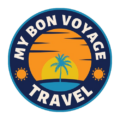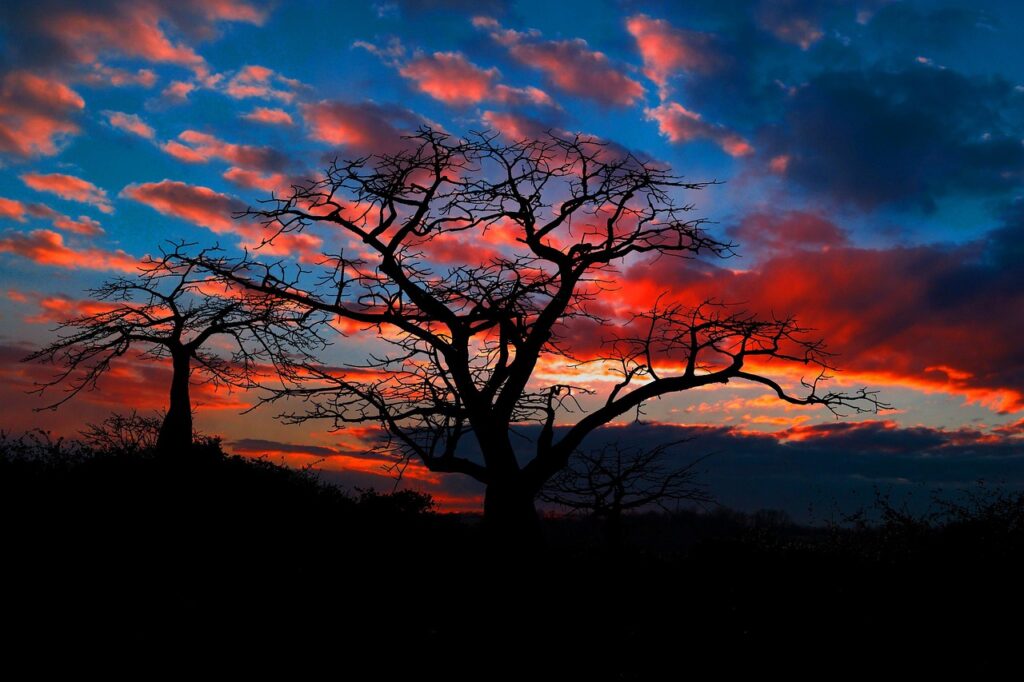Where to Go, What to Do, and How to Stay Out of Trouble
When it comes to exploring Africa, Angola might not be the first destination that pops into your mind, but this hidden gem is bursting with beauty, culture, and adventure. And let’s face it, who doesn’t love uncovering a secret spot that none of your friends have Instagrammed yet? So, buckle up, grab a mosquito net, and let’s dive into the top things to see and do in Angola while keeping safe!
1. Luanda – The Pulsating Capital
First things first, you can’t visit Angola without spending some time in Luanda, the capital city. This bustling metropolis offers a mix of modern skyscrapers and colonial charm. You can explore the fascinating Museu Nacional de Antropologia, stroll along the picturesque Marginal promenade, and, if you’re feeling fancy, dine at some top-notch restaurants.
Safety Tip: While Luanda is vibrant and full of life, stay vigilant. Keep your belongings close, avoid walking alone at night, and always use reputable transportation services—trust us, getting lost in a foreign city isn’t as fun as it sounds.
2. Kissama National Park – Wild and Wonderful
If you have a soft spot for wildlife, Kissama National Park is your go-to destination. This vast park is home to elephants, giraffes, zebras, and a variety of bird species. A safari here is not just a chance to see these majestic creatures up close but also to experience breathtaking landscapes.
Safety Tip: Always hire an experienced guide and follow all safety instructions. And remember, while it’s perfectly okay to have a staring contest with a giraffe, trying to hug an elephant might not end well.
3. Benguela – Beaches and Beyond
For those who can’t resist the call of the ocean, Benguela offers stunning beaches and a relaxed vibe. Praia Morena is perfect for soaking up the sun, while the nearby Baía Azul is ideal for diving and snorkeling. If you’re into history, a visit to the old railway station is a must.
Safety Tip: Stay aware of your surroundings, and don’t forget to apply sunscreen—trust us, looking like a lobster is not a good look!
4. Kalandula Falls – Nature’s Grand Performance
Imagine Niagara Falls, but without the hordes of tourists. That’s Kalandula Falls for you! These awe-inspiring waterfalls are among the largest in Africa and offer a spectacular view. The best time to visit is during the rainy season when the falls are at their fullest.
Safety Tip: While the breathtaking scenery might tempt you to get as close as possible, always stay on the designated paths and watch your step. Safety first, folks!
5. The Tundavala Gap – A View to Make You Gasp
If you want to experience Angola’s dramatic landscapes, the Tundavala Gap is a must-see. This stunning escarpment offers panoramic views that will leave you speechless (and possibly breathless, if you’re afraid of heights).
Safety Tip: Wear sturdy hiking shoes, bring plenty of water, and make sure your camera is ready—because this is one selfie you don’t want to miss. Just be sure to step back from the edge!
6. Lubango – A Cultural Delight
Lubango is a city that beautifully blends Angolan culture with Portuguese influences. Visit the iconic Christ the King statue, which offers fantastic views of the city. Explore the lively markets, taste the local cuisine, and immerse yourself in the vibrant culture.
Safety Tip: Stay respectful of local customs, always ask for permission before taking photos of people, and keep an eye on your belongings in crowded places.
7. Namibe Desert – The Sands of Time
For a unique adventure, head to the Namibe Desert. This vast expanse of sand dunes and rocky outcrops is home to the famous Welwitschia plant, which can live for over a thousand years. You can also find the surreal Moon Valley and the beautiful Flamingo Lodge.
Safety Tip: Ensure you have a reliable guide, plenty of water, and sun protection. And please, resist the urge to challenge your friends to a sand dune race—dehydration is not fun.
8. Cuito Cuanavale – A Historical Journey
History buffs will find Cuito Cuanavale fascinating. This town played a crucial role in the Angolan Civil War and offers a deep dive into the country’s turbulent past. Visit the memorials and museums to learn about the conflict and its impact on Angola.
Safety Tip: Be respectful and mindful of the local community, and avoid discussing political topics with strangers.
9. The Ruins of São Salvador da Baía – History with a Side of ‘Don’t Touch That!’
For history buffs, the ruins of São Salvador da Baía provide a fascinating glimpse into Angola’s colonial past. These ancient fortifications are a stunning sight but a little too real when you’re standing right next to crumbling walls. Bring your camera, but leave the climbing gear at home.
Safety Tip: As tempting as it may be to scramble up a ruin for that perfect Instagram shot, remember, the walls were never meant to withstand the weight of your excitement. Stay on the well-worn paths, and don’t try to become an archeological discovery.
10. Ponta do Belo – Beaches Without the Crowds
If you’re tired of crowded touristy beaches, Ponta do Belo is your paradise. Pristine white sand, clear water, and the sound of waves crashing as you sip your coconut drink. It’s the ultimate spot to recharge, whether you’re looking to relax or do some snorkeling.
Safety Tip: The beaches might look peaceful, but the current can be unpredictable. Stick to marked swimming areas, and if you see locals using a certain spot to swim, ask why – they know more than you think!
11. The Skeleton Coast (Not as Creepy as it Sounds, Promise)
Now, hear me out – the Skeleton Coast may sound like a set for a horror movie, but it’s actually one of Angola’s hidden gems. This rugged coastal region is dotted with shipwrecks, towering sand dunes, and eerie landscapes that make it perfect for photographers and adventurers alike. Just don’t expect to see skeletons – it’s more about the haunting beauty of the environment.
Safety Tip: The name might suggest otherwise, but the coast is safe for exploration – as long as you go with a guide. Don’t venture out into the dunes without one; it’s easy to get lost in this vast, sandy wilderness, and trust me, the skeletons are not welcoming hosts.
12. Cultural Immersion: The Semba and Kizomba Dance
Angola is the birthplace of two of the most famous dance styles in Africa: Semba and Kizomba. You can’t leave without at least attempting to dance to the rhythm of the locals. Whether you’re a seasoned dancer or two left feet in disguise, you’ll have fun learning these infectious rhythms.
Safety Tip: Avoid public dance-offs unless you’re ready to be shown up by someone who’s been dancing before you could walk. Also, be mindful of personal space when Kizomba-ing (it’s a close dance, folks).
Safety Tips for a Smooth Adventure
✔ Stay Informed: Before traveling, check the latest travel advisories and updates on Angola. Being aware of current events can help you make informed decisions.
✔ Health Precautions: Make sure you have all necessary vaccinations and carry a first-aid kit. Malaria is prevalent in some areas, so taking preventive measures is crucial.
✔ Reputable Guides: Always hire experienced and reputable guides for tours and safaris. They know the area, and their expertise can ensure a safer experience.
✔ Secure Accommodations: Choose well-reviewed and secure accommodations. It’s worth paying a little extra for peace of mind.
✔ Local Etiquette: Respect local customs and traditions. A polite traveler is always more welcomed!
✔ Stay Connected: Keep your phone charged and have emergency contacts at hand. Inform someone of your travel plans and check in regularly.
✔ Personal Belongings: Keep your valuables secure. Use a money belt or hidden pouch, especially in crowded areas.
Conclusion
Angola is a country of contrasts and surprises, offering everything from bustling cities to serene natural wonders. By following these tips and staying aware of your surroundings, you can enjoy a safe and unforgettable adventure. So, pack your bags, put on your explorer’s hat, and get ready to discover all the magic Angola has to offer—safely, of course!

